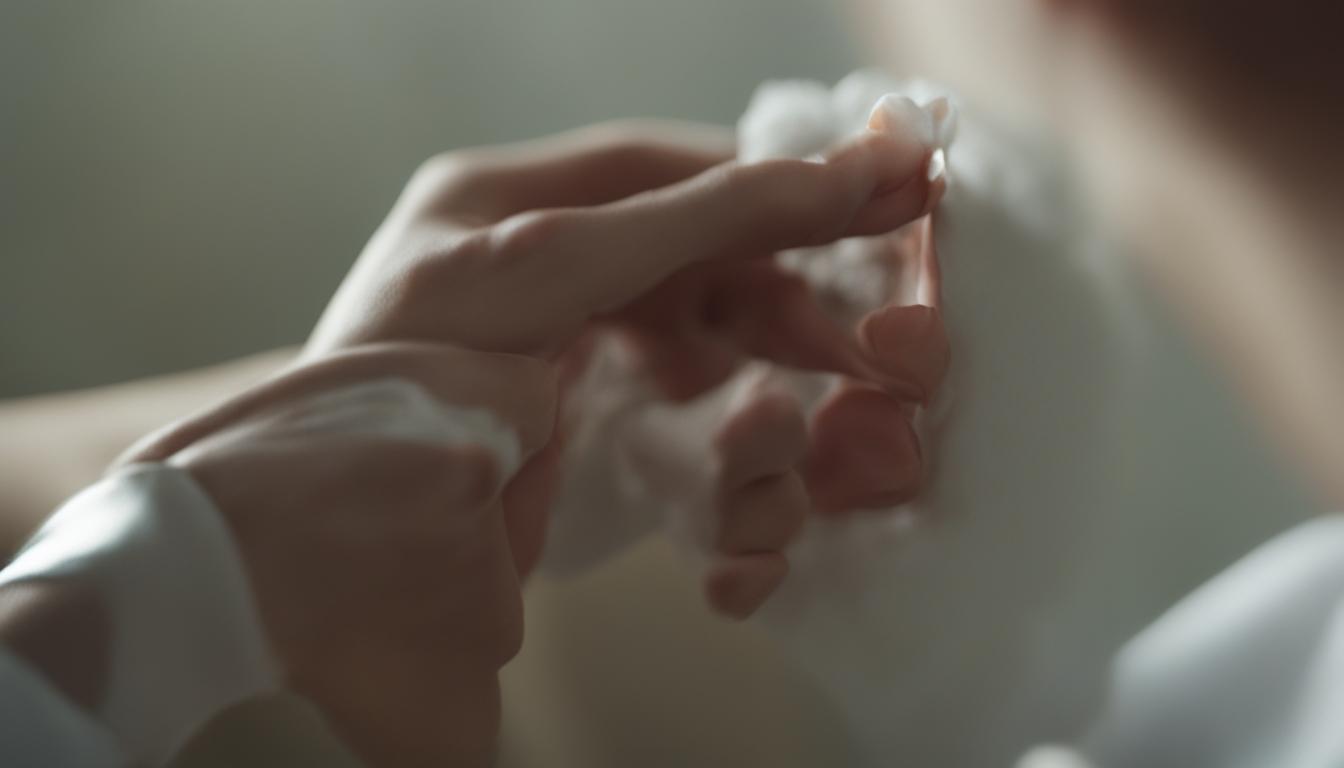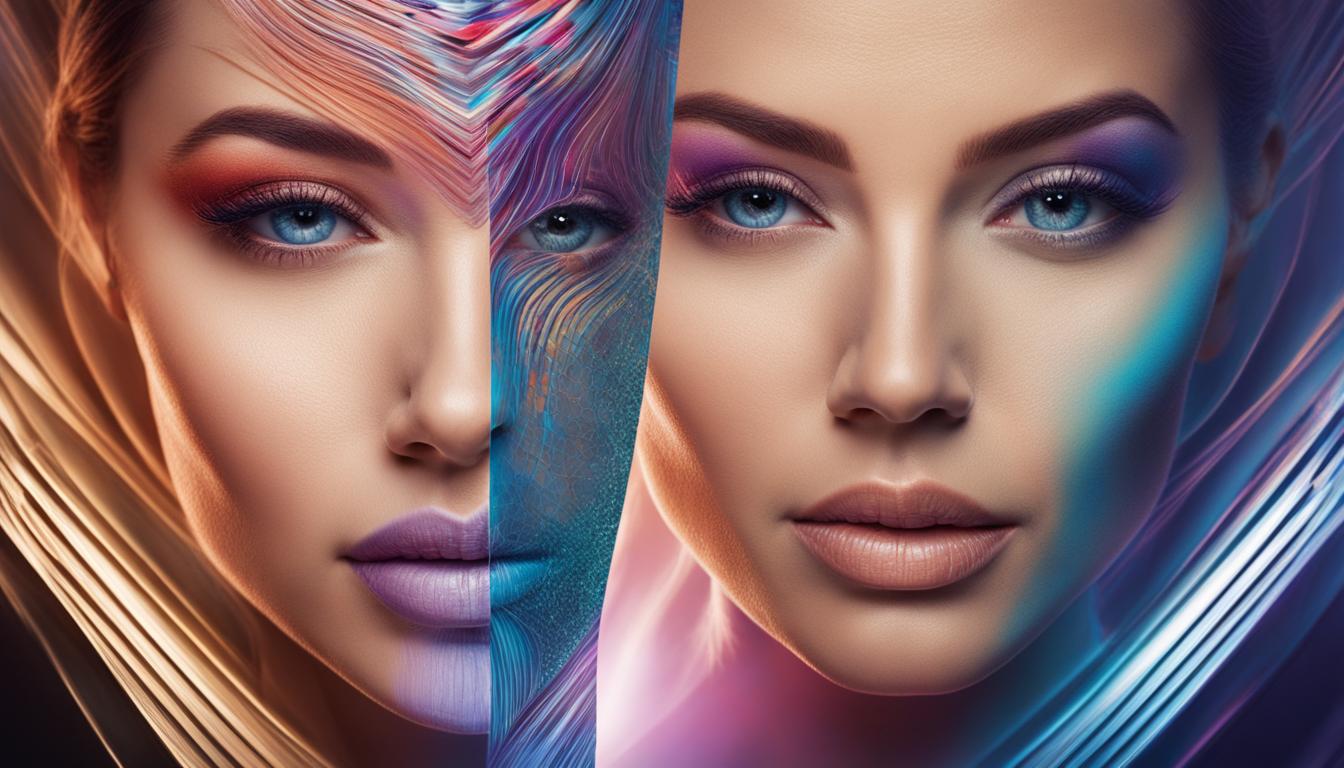Botox Bruising - Skin and Blood Vessel Treatment Insights

Key Takeaways
- Botox can cause bruising if the needle damages a tiny blood vessel during the injection.
- Age, medication, and treatment area can make some people more likely to bruise easily.
- Bruising usually lasts 2 to 14 days. It starts as tenderness and then becomes a black and blue mark.
- To reduce Botox bruising, don't take blood thinners, alcohol, or caffeine.
- Find a reputable injector on our app who uses proper injection techniques.
- Taking care of the area after the procedure is important. Putting an ice pack on and using Arnica Montana can help with healing and reduce bruising.
Explore
Many people worry about getting bruises from Botox injections. If the injection needle hits a small blood vessel by mistake, the area changes color. Some people are more prone to bruising due to factors like age and medication. Bruising usually lasts 2 to 14 days. It can start to show up 1-2 days after the procedure. At first, it feels tender. Then, it turns reddish and eventually becomes a black and blue mark. Over time, it heals. Many people who want Botox or fillers worry about lines and wrinkles. They may also worry about getting bruises. This can stop them from getting these popular treatments that help with aging. Although 19% to 24% of patients may experience temporary bruising, it is not a painful side effect. To reduce bruising from Botox, take preventive measures. This will ensure the best results.
The Anatomy of Botox Bruising: Understanding the Underlying Causes

Botox can cause bruising. The small needles used in cosmetic treatments may damage blood vessels. This damage can make blood pool beneath the skin, which leads to bruising.
If you have light skin or take blood-thinning drugs, you might bruise more easily. The skin around the eyes is especially prone to bruising due to its thinness. The severity of bruising can be affected by several factors. The way the injection is done, which part of the body is being treated, and how easily a person gets bruises are all important factors.
To show how these factors can affect bruising after Botox, look at this table:
| Factors | Impact on Botox Bruising |
|---|---|
| Pale skin | Increased likelihood of bruising due to less pigmentation to hide the discoloration. |
| Blood-thinning medications | Increased risk of bruising because blood clots form less easily, leading to more bleeding. |
| Treatment area | Areas with thinner skin, like around the eyes, are more prone to bruising. |
| Injection technique | Proper technique can minimize the risk of blood vessels damage and subsequent bruising. |
| Patient's predisposition | Some people are naturally more prone to bruising due to genetics or other underlying health conditions. |
To reduce risks and get better results with Botox, doctors and patients should know what causes bruising.
Pre-Treatment Strategies to Minimize Botox Bruising

To prevent Botox bruising, it is important to use effective pre-treatment strategies. These strategies improve the treatment experience and help with a faster recovery. To stay healthy, try to avoid alcohol and blood thinners. Also, use Vitamin C and bioflavonoids wisely. Additionally, eat nutritious food.
Alcohol and Blood Thinner Avoidance
To prevent bruising from Botox, don't take aspirin or ibuprofen and limit alcohol before and after. Alcohol and caffeine make blood vessels wider and increase blood flow, which could lead to more bruising. It's best to stay away from these things for 24 to 48 hours before and after the appointment.
Strategic Use of Vitamin C and Bioflavonoids
To prevent bruising, take Vitamin C and bioflavonoids before and after Botox injections. These can strengthen blood vessels. These nutrients help blood flow and make capillary walls stronger. You can get Vitamin C and bioflavonoids from supplements or foods. Some examples of these foods are citrus fruits, bell peppers, tomatoes, and broccoli.
| Vitamin C-rich Foods | Bioflavonoid-rich Foods |
|---|---|
| Orange | Bell peppers |
| Strawberries | Cherries |
| Broccoli | Kiwi |
Optimal Nutrition for Bruise Prevention
To avoid bruising from Botox, you need to eat a healthy diet.
- Citrus fruits: oranges, grapefruits, lemons, limes
- Red bell peppers
- Green leafy vegetables: spinach, kale, Swiss chard
- Berries: blueberries, strawberries, raspberries, blackberries
- Green tea
Navigating the Immediate Aftermath: Post-Botox Care

Proper post-Botox care is crucial for minimizing and soothing Botox bruising. One effective approach is the timely application of ice packs on the treated areas to reduce swelling and discomfort.
Ice Pack Application for Soothing Bruises
Using ice packs right after getting Botox can greatly lessen bruising. Ice makes the blood vessels smaller, which lowers blood flow to the area where the injection was done and stops bruises from forming. To properly apply an ice pack, follow these simple steps:
- Wrap the ice pack in a cloth or towel to avoid direct skin contact.
- Hold the wrapped ice pack gently against the bruised area.
- Do not apply pressure on the injection site.
- Limit ice pack application to intervals of 15-20 minutes.
- Allow time between applications for the skin temperature to return to normal.
Follow these guidelines to soothe Botox bruising and help your recovery process go smoothly.
Identifying and Managing Botox Side Effects
Patients who are getting Botox treatments need to be ready to recognize and handle any side effects. Bruising is a common side effect, but it is usually mild. It is important to watch out for other symptoms like swelling, redness, or discomfort.

To reduce side effects, you can take different measures. This will help you heal better and recover well.
Monitoring for Signs of Bruising and Swelling
Patients should carefully watch their Botox injection sites for bruises or swelling. These side effects often appear within a few hours or days after the treatment. Let your Botox provider know right away if you have any strange or lasting symptoms. They can quickly deal with any possible issues.
Avoiding Blood Flow-Intensive Activities
Intense exercise or hot showers can make side effects worse, like bruising and swelling. Patients should avoid these activities for at least 24-48 hours after getting Botox treatment. This helps lower the risk of complications and allows for proper healing.
Maintaining Gentle Direct Pressure
Don't put pressure on the treated areas. This lets the product settle. After the treatment, don't wear makeup or touch your face too much. This helps you get the best results.
Understanding the Healing Process
Patients who receive Botox injections should be aware of what to expect while they heal. Knowing the recovery time can make you feel better as you see progress. Here is an overview of the healing timeline:
| Stage | Time Frame | Description |
|---|---|---|
| Initial Recovery | Hours 1-24 | Swelling and redness may be present; side effects are generally mild and subside quickly. |
| Bruising Development | Day 1-3 | One may experience mild bruising which peaks around day 3 and begins to resolve. |
| Reduction in Bruising | Day 4-7 | Bruising and swelling subside progressively, allowing for noticeable improvements. |
| Full Recovery | Day 7-14 | Most side effects have subsided, and patients can enjoy the final results of the Botox treatment. |
Patients' recovery time varies. It depends on their health, the practitioner's skill, and how well they follow care instructions. Patients can make their recovery easier and get the best results from Botox treatments. To do this, they should understand the usual healing process and take proactive steps.
Advanced Bruise Healing Tips for Botox Patients
If you've had Botox, you can use Arnica Montana to help with bruising. Arnica Montana is a natural treatment that reduces swelling and bruising. You can find it in creams or pills. It's best to start using Arnica Montana before your procedure and keep using it afterwards to help you heal faster.
In addition to natural remedies, lifestyle adjustments can also play a vital role in aiding Botox bruise recovery. Abstaining from strenuous activities that could increase circulation helps avoid further bruising. To help blood flow and heal muscles, patients should avoid touching the treated area. Use elevated pillows while sleeping to reduce pressure on the face.
You can use these tips and Arnica Montana to help heal Botox bruises. This will make the healing process easier and more comfortable. These measures can greatly improve your overall experience and satisfaction with cosmetic procedures.
FAQ
What causes Botox bruising?
Botox can cause bruising if the needle hits a blood vessel. This makes blood pool under the skin, which causes discoloration. Your chances of bruising can depend on your age, medication, and skin tone.
How long does bruising after Botox last?
Bruising from Botox usually lasts for 2 to 14 days. At first, it appears red and then it changes to a black and blue mark that will heal.
How can I prevent bruising after Botox injections?
To prevent bruising, avoid blood thinners and alcohol. Do this before and after the procedure. Also, eat foods with Vitamin C and bioflavonoids for good nutrition. After getting Botox injections, put ice packs on the treated area. To help with healing, make some lifestyle changes. Avoid strenuous activities. Also, don't put direct pressure on the treated area. Sleep with elevated pillows.
Can Arnica Montana help reduce bruising after Botox treatment?
Arnica Montana is a popular natural remedy for bruising. It can help patients who have had Botox treatments. You can use it in topical or oral forms. It can be used before and after the procedure to help with recovery.
Are there specific foods or vitamins that can help prevent bruising after Botox?
Citrus fruits, red bell peppers, and green tea are high in Vitamin C and antioxidants. These foods are important for vascular health and can prevent bruising. To help your body heal, you need a balanced diet with these nutrients.
Is it normal to experience side effects after Botox injections?
While bruising is a common side effect, it is usually mild and temporary. Other side effects, such as swelling, redness, or discomfort, may also occur. To recover well, don't do things that make your blood flow more and watch the treated areas carefully.